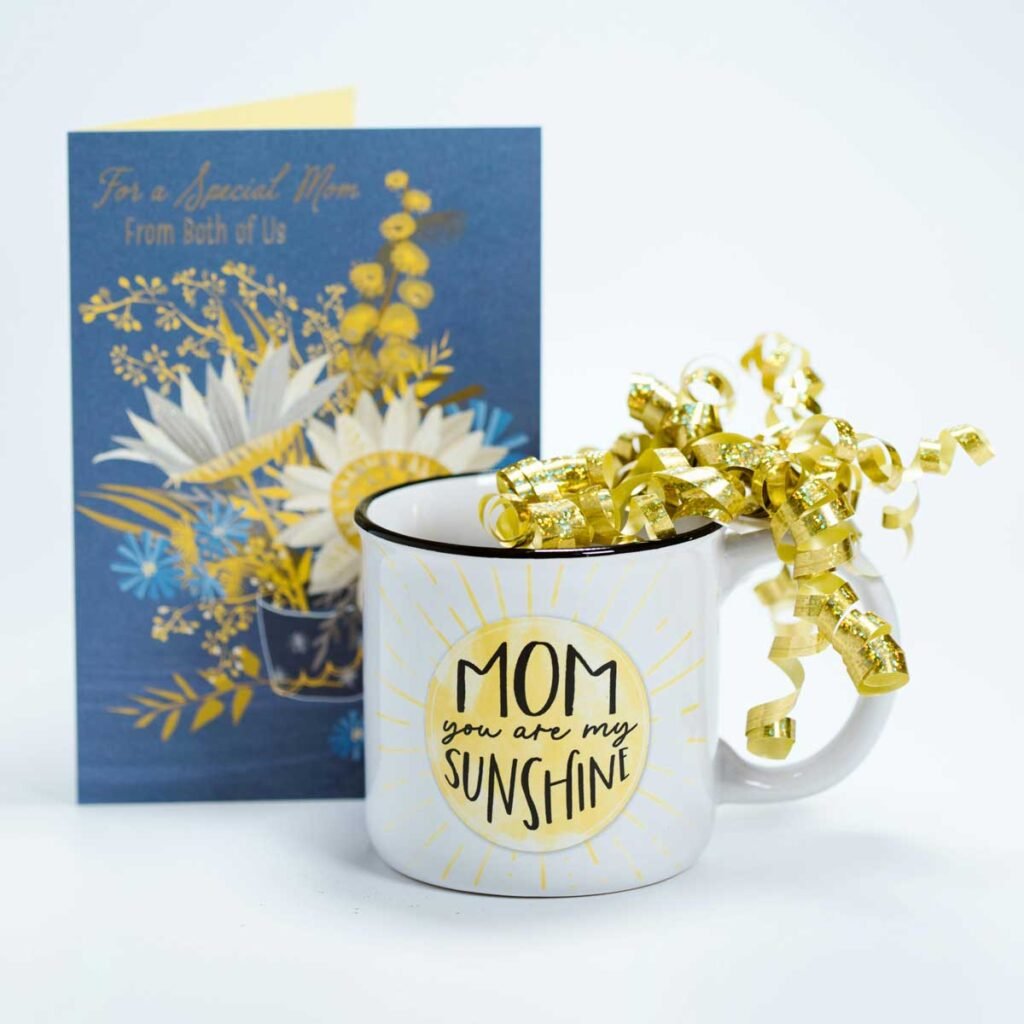This year, the concept of Vishukainettam has changed slightly. What was a token amount for Vishu given by karanavars [elders] to the younger folks is now the rolling trophy for the best Vishu sadya. The race is on; who will win the cup?
The contest begins on April 14th . For those who never cared to know or wanted a taste of it, Vishu is the birth of a new year as marked in the Malayalam calendar [Malayalam is the language best spoken in Kerala]. It usually falls on the 14th of April [‘medam onnu’].
Who Is The Best Judge?
The adjudicators this year, as in every year since the first Malayalees landed in North America, are Kuttunni and Kunjunni. Let us get Kuttunni’s views on the subject.
Kuttunni is pot-bellied. His balding head has run out of ideas to grow more hair. The remaining outgrowth is jet black and is fighting a losing battle with his encroaching forehead. The other border is ably fenced by thick and wildly twisted eyebrows shading deep-set black eyes. The bulbous nose separating the eyes is a safe take-off point for small aircraft. The most prominent feature on Kuttunni’s otherwise plain face is the mouth drawn from one ear lobe to the other. Kuttunni stretches his mouth as humanly as possible in both directions. When he does not smile, talk, or snore, he eats.
“My earliest recollection of Vishu revolves around good food, new clothes, firecrackers, Vishukkani and Vishukainettam…that was when the Indian rupee had buying power, when multi-storey apartment buildings were unheard of in Thrissur, and when hand-drawn rickshaws and cycle-rickshaws shared the roads and potholes alike with that workhorse of Indian roads, the ambassador car.” Kuttunni goes on and on.
Kuttunni is now well-settled in Toronto. Every year, Kuttunni manages to taste at least six Vishu lunches [sadya]. “How to wrangle a sadya” is a thought process that Kuttunni repeats every year. He begins his first round of yearly calls to friends and relatives around North America at least a month before. He finds it convenient to call and leave messages so ‘they’ will call back. By the end of the week, he manages six invites. By the 15th of March, he emails his confirmations [although Kuttunni is still getting used to his computer, email is one feature he uses at the drop of a click]. Six solid sadyas for 2023, each set apart by two days. Perfect, thought Kuttunni.
The First Of A Series Of Sadyas
The first sadya is on the 14th of April, on Vishu day. Being a weekday, the crowd is small and consists of retired people and hard-core sadya-tasters. The traditional sadya is eaten sitting on the ground. This practice has undergone changes and has been elevated to the table. The plate should be a large plantain leaf freshly cut.
At last count, a genuine plantain leaf half the standard size [which could be a couple of feet] cost CAD$ 2.50! And it was imported frozen from Thailand. Being the leaf that it is, it can be used only once. Torontonians have improvised, and now a vinyl sheet precisely in the shape and colour of a plantain leaf is available. Kuttunni wonders if all the items will fit into this pathetic vinyl sheet.
Kuttunni does not like synthetic things, especially when it comes to food. He wishes he had brought along his own plate, a plantain leaf. With the aroma and expectation of the coming sadya, he relents and sighs, carefully sizing up the vinyl sheet. He turns it around to see if it’s made in Canada. It is. It looks like a fake impressionist painting of a banana leaf.
Kuttunni marks two minus points – one for the table and one for the leaf. So did Kunjunni.
Kunjunni, the mirror image of Kuttunni, sits next to him. Kunjunni approaches a Vishu sadya from the other angle. He is the karanavar in North America and gets invited by default.
If Kunjunni is not requested, then that unfortunate Malayalee is toast [in social circles]. Not ‘the toast’ of the lunch, but toast as in burnt toast. So Kunjunni gets to pick and choose his favourite eating holes.
Their favourite topic for spring will be the various Vishu sadyas until Onam [that’s another story]. Criticism and praise alternate between burps and snores. Besides, they have to decide on the winner too. The lunch is going on now.
A Feast For The Eyes
Vishusadya is a glorious treat and a feast for the eyes. The green plantain leaf, two feet long, with one side tapering to the left, is a visual spread. Each accompaniment has its place. The ‘K’s [Kuttunni and Kunjunni] grunt with approval at the perfect display. Five marks for positioning.
Rice comes in a long bamboo basket and gets tumbled onto the plantain leaf. Kuttunni [K1] keeps pace with Kunjunni [K2]. K1 makes a neat incision in the rice and palms it further right. Warm ghee glistens on the rice as the yellow ‘parippu’ [dal] waits for its turn to join the first course. In unison, the ‘K’s rotate their hands around the rice [on the left], sweeping any stray grains of rice in its path to form a small mound.
The hands then hover over the mound and come down, smashing everything in its path. At the end of 10 seconds, three beautiful balls of rice squashed with ghee and parippu stood ready for approval. One by one, the balls disappear into the black hole. Two marks more.
The remaining mountain of rice soon gets levelled to a plateau two inches high. The hands scoop a giant crater filled immediately with three big spoons of sambhar. K1 waits for a moment and fills his huge nose with the steaming aroma. The muringakaya sambhar smelled just right. He ponders on giving full marks. Then decides to taste it.
“Is there an extra tinge of kaayam?” K2 asks K1. K1 gives the hostess the benefit of the doubt and awards full marks [two points]. K2 gives only one and a half marks.
Burping Satisfaction!
Most of the rice sloshed and slushed with sambhar disappears. ‘Olan’ waits next in line, followed by ‘kalan’, ‘kuttukari’, ‘aviyal’, ‘puliyinchi’, and ‘inchithaiyiru’. K1 and K2 swoop, dive, roll, sweep, squish, slurp and burp through the rest of the proceedings with ease and delight, reflecting on their faces. K1 is more expressive due to his training in Kathakali. K2 burps more.
Even the burp from a Vishu sadya has a musical tone. It goes like this: ‘eeeeeeeeemmmmmmmmmm’. Deep from the pits of the stomach, with strong encouragement from the bottom of the heart. K1’s melodious burp reverberates longer and louder.
The cabbage ‘upperi’ is so perfectly cut that both the ‘K’s give it bonus marks. Altogether, the hostess/host [Torontonians] scores 15 marks from K1 and 13 marks from K2. [The result will be an average of marks from the two judges.]
Rice with rasam and pappadam follow. The only items left on the plate are bananas and ‘naranga achchar’. That will have to wait as the court crier announces the arrival of the prince of all desserts – ‘paladapradhaman’. Both the leaves in front of the ‘K’s look fatigued at the continuous onslaught.
The ‘K’s turn up the ends of the leaf in anticipation of a watery treat. To their surprise, the consistency of the payasam is excellent, and the golden pink colour is a sight to behold.
Being far away from Kerala, it is difficult to get proper ada. Ada comes in varying sizes and thicknesses. Unless the size is exact, the ada in the pradhaman will not be adequately cooked. The hostess has received her ada by personal courier. Extra marks for that; both ‘K’s agree.
Eating most payasam from the flatness of the ‘ela’ requires excellent practice. The palm sort of hovers [again!] over it and spins the payasam clockwise. When the hand comes up, a big spoonful of payasam gets trapped in the palm of the hand. It goes into the mouth, and the palm gets licked clean, sometimes till the end of the elbow. The ‘K’s wonder if this payasam might be the best of the season. Bonus marks. One more round of payasam. This a sure sign to the hostess/host that the payasam may have done the trick.
The rice, curds and pappadam at the end of it all satiate their appetite for the day. “Not a bad start to the season,” concurs K2. The first Vishu sadya receives 45 points. Five more to go, think the like-minded ‘K’s.



